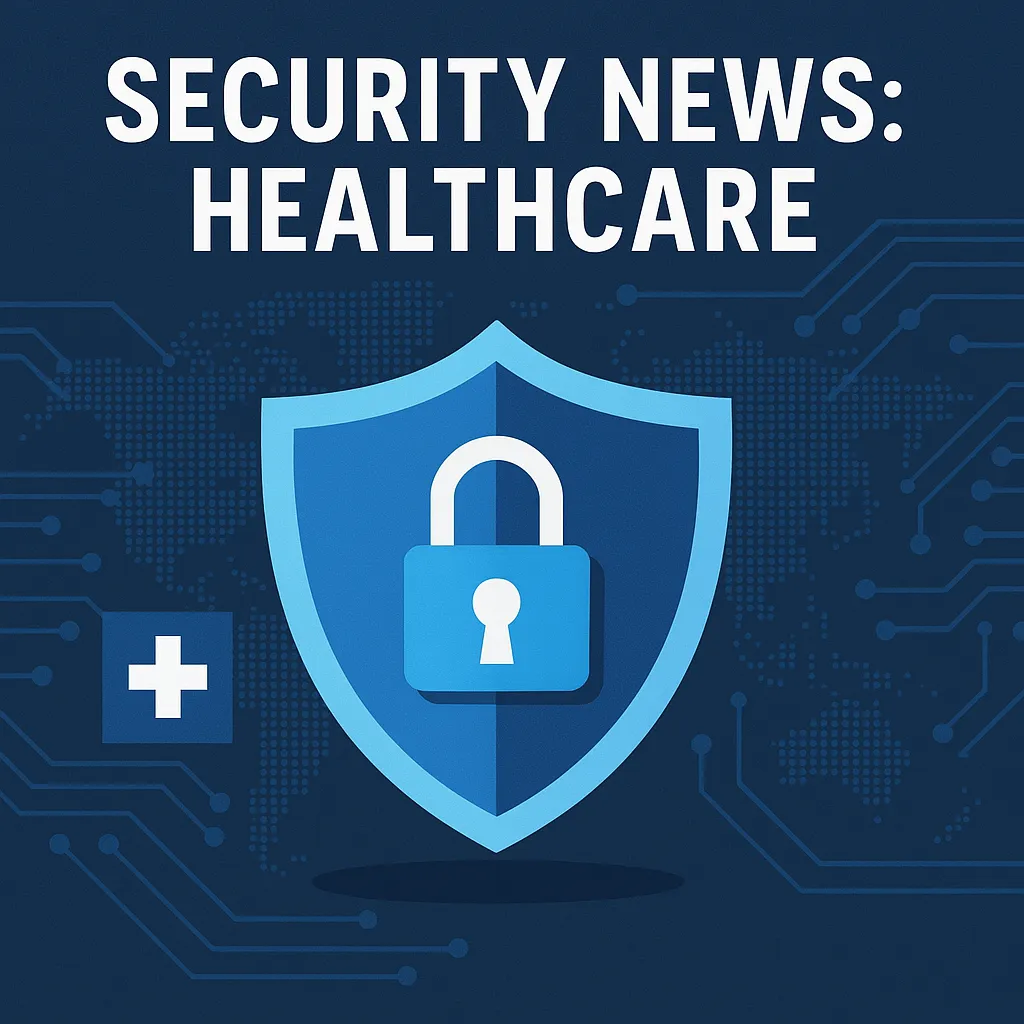The Alarming Rise of Healthcare Data Breaches: A Deep Dive into Cybersecurity Vulnerabilities
In a world increasingly dominated by digital health records, the cases of healthcare data breaches reported have displayed a disturbing upward trajectory. In 2023 alone, a staggering 725 breaches compromised more than 133 million records, shedding light on the scale and impact of these cyberattacks (HIPAA Journal, 2025).
Understanding Healthcare Data Breaches
A healthcare data breach involves unauthorized access to confidential patient information which can significantly compromise patient privacy and trust. Such breaches often occur due to hacking, IT incidents, or internal mishandling of data.
For instance, the massive breach at Change Healthcare in 2024, where ransomware encrypted vital files, starkly embodies the severity and sophistication of such attacks (HIPAA Journal, 2025).
Primary Causes and Implications
According to a study by PMC, hacking and IT incidents are the most prevalent causes of such breaches. This is closely followed by unauthorized internal disclosures (PMC, 2020). These incidents not only lead to direct financial losses but also erode public trust and can have severe implications for patient care.
The Role of Ransomware and Cyberattacks
Ransomware attacks, a form of malicious software designed to block access to a computer system until a sum of money is paid, have become a common and destructive tool among cybercriminals targeting the healthcare sector. The calculated attack on Change Healthcare serves as a glaring example.
Cybersecurity Measures and Recommendations
Healthcare organizations must implement stringent cybersecurity measures, including regular system updates, employee training, and advanced encryption technologies to safeguard sensitive data. Investing in robust cybersecurity frameworks is not just a regulatory compliance issue but a critical component of patient care.
Looking Ahead: Predictions and Solutions
With cyber threats evolving, the healthcare sector must stay a step ahead by adopting cutting-edge security practices and technologies. Awareness and preparedness are the keys to defending against future cyberattacks.
Tailoring cybersecurity measures to the unique challenges of healthcare, advocating for greater resources and regulations, and fostering a culture of security first are paramount.
In conclusion, while the statistics are daunting, they serve as a call to action for all healthcare providers to reinforce their data protection strategies and ensure a secure environment for both patients and staff.

